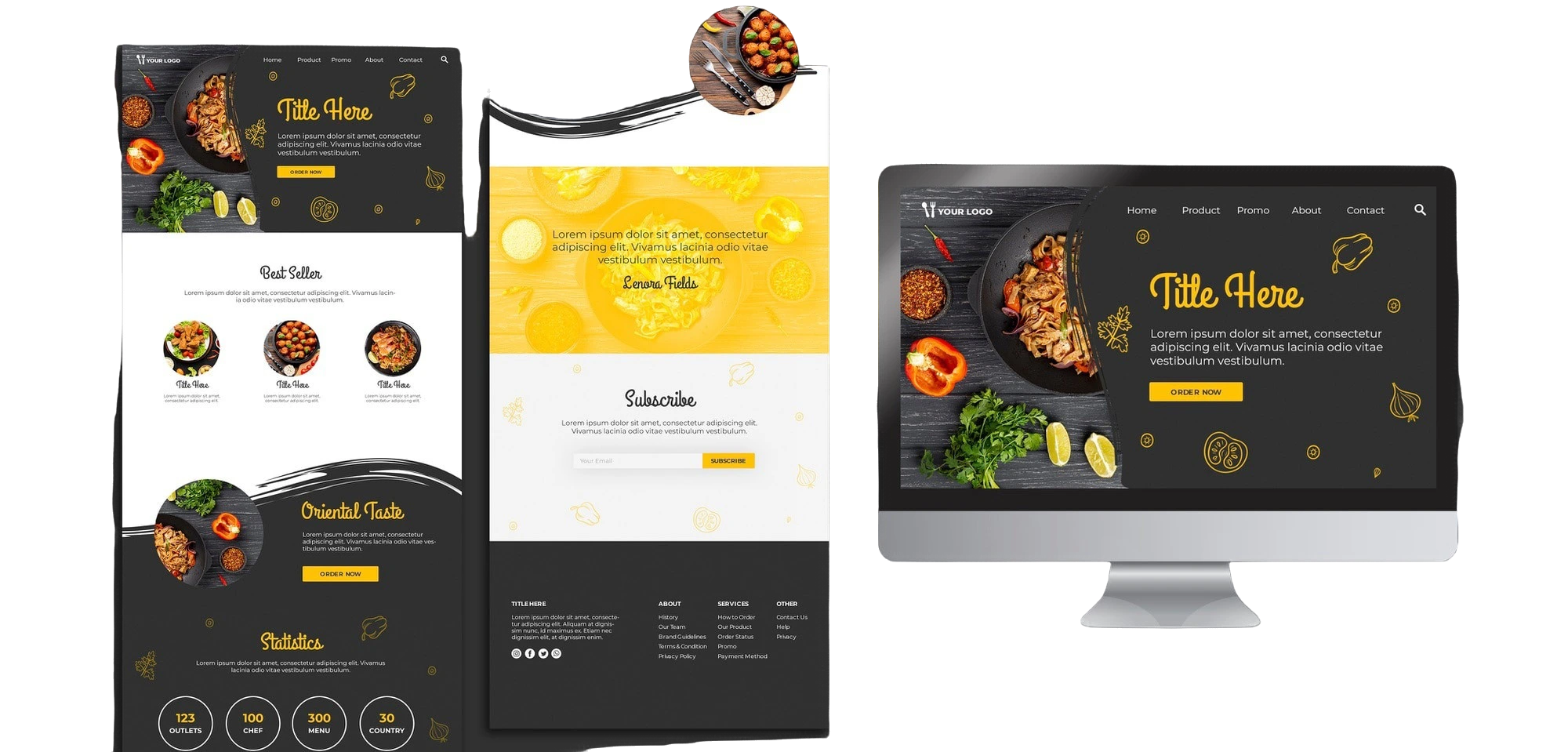
When it comes to building your brand’s online presence, the choice between custom and template designs is a pivotal decision. Both approaches have their merits and drawbacks, and the right choice depends on your brand’s specific needs, goals, and budget. Let’s explore the key differences, benefits, and considerations to help you make an informed decision.
Design is not just what it looks like and feels like. Design is how it works.
Steve Jobs
What Are Custom and Template Designs?
1. Custom Designs:
- Built from scratch to meet the unique requirements of your brand.
- Involves a collaborative process between designers, developers, and stakeholders.
2. Template Designs:
- Pre-designed layouts available through platforms like WordPress, Shopify, or Squarespace.
- Can be quickly customized with your brand’s colors, logos, and content.
Pros and Cons of Custom Designs
Pros:
- Unique Branding:
- Offers a one-of-a-kind design that aligns perfectly with your brand identity.
- Stands out in a crowded market, giving you a competitive edge.
- Scalability and Flexibility:
- Can be tailored to include specific features or functionalities as your business grows.
- Enhanced Performance:
- Optimized for speed, SEO, and user experience.
- Control Over Design Elements:
- Allows full creative freedom to implement your vision.
Cons:
- Higher Cost:
- Custom designs require significant investment in terms of time and money.
- Longer Development Time:
- Building a custom website can take weeks or months, depending on complexity.
- Requires Expert Collaboration:
- Demands skilled designers and developers, which may add to the cost.
Pros and Cons of Template Designs
Pros:
- Cost-Effective:
- Templates are significantly more affordable than custom designs.
- Quick Deployment:
- Websites can be set up and launched in a matter of days.
- Ease of Use:
- Many platforms offer drag-and-drop editors that require minimal technical knowledge.
- Access to Built-in Features:
- Includes pre-configured plugins and integrations for common functionalities.
Cons:
- Limited Customization:
- Templates often restrict the extent to which designs can be personalized.
- Generic Appearance:
- Using a widely available template may make your website look similar to others.
- Potential Performance Issues:
- Templates can include unnecessary code or features that slow down your site.
- Scalability Constraints:
- As your business grows, templates may struggle to accommodate advanced features.
Factors to Consider When Choosing Between Custom and Template Designs
1. Budget:
- Template: Ideal for startups or small businesses with limited budgets.
- Custom: Suitable for established brands looking for long-term investments.
2. Timeline:
- Template: Best for quick launches or temporary projects.
- Custom: Ideal for businesses with time to invest in creating a comprehensive solution.
3. Brand Identity:
- Template: Works for brands that can adapt to pre-existing layouts.
- Custom: Necessary for brands that prioritize uniqueness and creative expression.
4. Functionality Needs:
- Template: Adequate for basic needs like blogs, portfolios, or small e-commerce stores.
- Custom: Essential for complex requirements like advanced e-commerce platforms or interactive tools.
5. Technical Expertise:
- Template: Designed for ease of use, even for non-technical users.
- Custom: Requires a team with expertise in web development and design.
Real-World Examples
Custom Design Success Stories:
- Apple:
- Apple’s website is a benchmark for clean, innovative, and brand-centric design.
- Reflects their commitment to quality and user experience.
- Tesla:
- Tesla’s custom site emphasizes sleek design and cutting-edge technology, aligning with its brand ethos.
Template Design Success Stories:
- Small Businesses:
- Local cafes, photographers, or freelancers often use templates to create professional websites on a budget.
- E-Commerce Startups:
- Shopify templates allow new businesses to launch quickly and manage their stores efficiently.
Emerging Trends in Custom and Template Designs
1. Hybrid Approaches:
- Combining custom elements with template frameworks for a balance of cost and uniqueness.
2. AI-Assisted Customization:
- AI tools like Wix ADI are making it easier to customize templates while retaining originality.
3. Template Market Evolution:
- Platforms are offering more advanced, industry-specific templates with enhanced customization options.
4. Custom Design Automation:
- New tools and frameworks are reducing development time for custom designs.
Best Practices for Making the Right Choice
- Define Your Goals:
- Clearly outline what you want to achieve with your website.
- Evaluate Your Resources:
- Consider your budget, timeline, and team’s expertise.
- Research Your Options:
- Explore both custom and template designs to find the best fit for your needs.
- Think Long-Term:
- Choose a solution that can adapt as your business grows and evolves.
Conclusion
The choice between custom and template designs ultimately depends on your brand’s unique needs, priorities, and resources. While templates offer an affordable and quick solution, custom designs provide unparalleled creativity and scalability. By carefully evaluating your goals and resources, you can make an informed decision that sets your brand apart in the digital landscape.




Write your comment